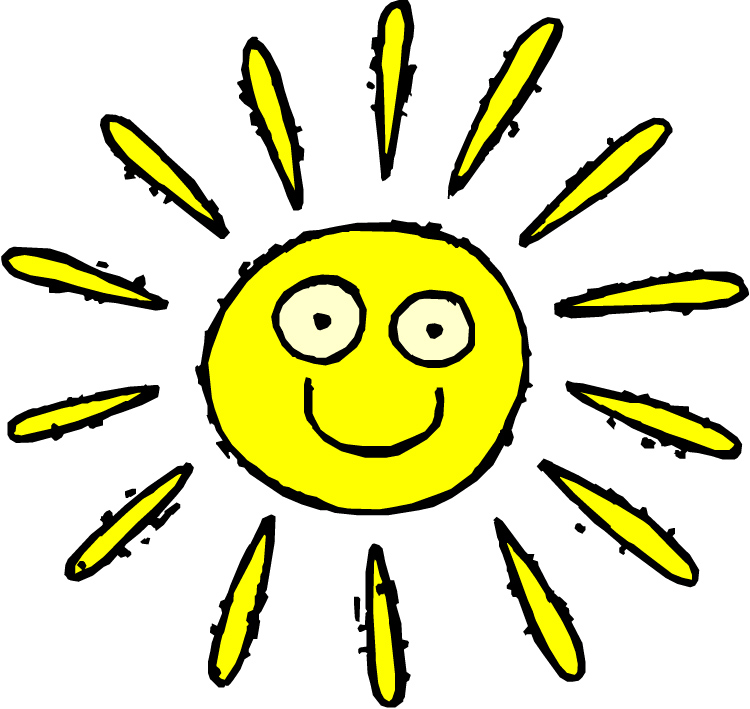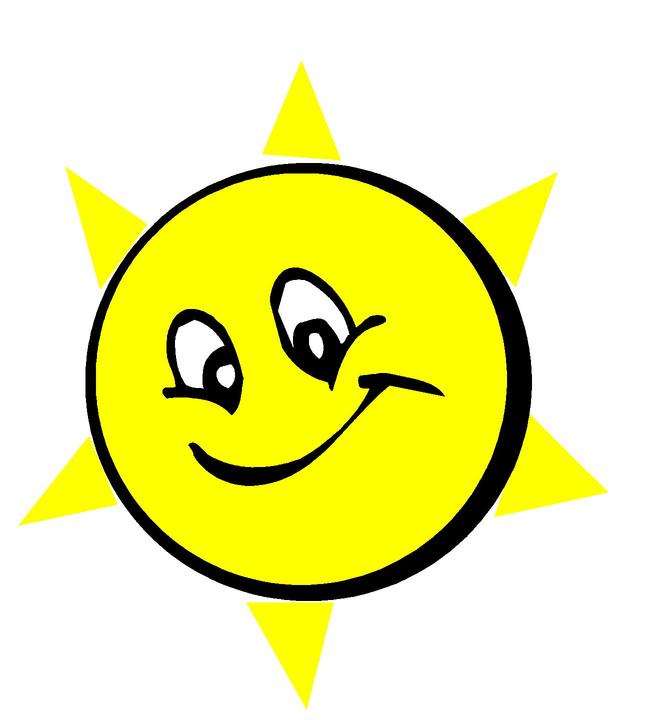The varicella vaccine is a vaccine to protect against the common childhood disease of chickenpox, which is caused by the varicella zoster virus (VZV). VZV also causes herpes zoster (shingles).
The disease
Varicella is a herpes virus that causes the primary disease chickenpox. Once a person has chickenpox, the virus remains in the person’s body and can cause a secondary disease, shingles, later in life. Varicella is highly contagious and is caught from others with active disease, usually through the respiratory tract or by rubbing the eyes. Once infected, the virus spreads through the body and may cause fever and malaise, especially in adults. Then the characteristic rash appears. The incubation period is 14-16 days after exposure, with a range of 10-21 days.
The rash first appears as papules (bumps), then fluid filled vesicles which then form a crust. Often successive crops of lesions appear. The rash is characterized by itching. It is a mild disease in most children, but can have serious complications even in healthy children, including secondary infection, pneumonia, encephalitis, and occasionally death. Children with immune deficiencies and adults are more prone to have serious disease and complications. Children less than 1 year of age and older than 15 years are also more likely to have complications.
Before the vaccine, about 11,000 people were hospitalized each year due to chickenpox, a rate of about 2-3 per 1,000 cases in children and 8 per 1,000 cases in adults. Death occurred in about 1 in 60,000 cases; there were an average of 103 deaths per year due to chickenpox. Since the vaccine, deaths and hospitalizations have dropped by over 90%.
The vaccine
Varicella vaccine is a live virus vaccine; the virus is attenuated so that it does not cause disease. The vaccine was developed and licensed in Japan and Korea in 1988, and was licensed in the United States in 1995. It is part of the standard U.S. immunization schedule, with one dose given at 12-15 months of age. In 2006, a second, booster dose was added to the schedule for children at age 4-6 years of age, along with the other booster doses of vaccines. Older children who received only one dose should receive a second booster dose.
Side effects
The most common side effects are local reactions at the injection site, including pain, redness, or swelling, occurring in 10-20% of children. This usually lasts less than 48 hours. Fever and/or a rash may occur 1-3 weeks after the vaccine and is very mild. The vaccine may cause latent infection, just as the actual wild virus does, and some people have developed shingles later in life. It is unclear in all cases whether the vaccine virus is the cause. Cases have been mild and have less complications than wild-virus shingles. Also, the risk of developing shingles from the vaccine virus is much less than from the wild virus.
Risks vs. benefits
The vaccine has been shown to be very effective at reducing serious disease due to the varicella zoster virus. It is also very effective at preventing the disease in general, though the immunity is not total and some people can still get chickenpox after having the vaccine, though these cases are milder. It was unknown for years whether a booster dose would be needed; now one is recommended for everyone. The vaccine does not appear to have any serious side effects or complications. There is some concern that people who have been vaccinated will be more prone to develop shingles later in life because the immunity from the vaccine is not as good as the immunity that develops after natural chickenpox. However, there is no evidence at this time that this will be the case.
I was not particularly in favor of this vaccine when it first came out. Chickenpox is extremely common, and complications are rare. I thought the vaccine was a good idea for older children and adults, in whom the risk is much higher. I don’t believe the company would make the vaccine just for this small population, though. I did eventually decide to give it to my children as infants, as recommended, because I thought that they would not catch chickenpox now that it is so rare. I think it is also acceptable to wait until the child is older and if she has not had chickenpox by the age of 11 or so, to give it then.
Resources
Varicella (Chickenpox) Vaccine Information Statement from the CDC
References
Prevention of Varicella: Recommendations of the ACIP MMWR, June 22, 2007, Vol 56, #RR-04


